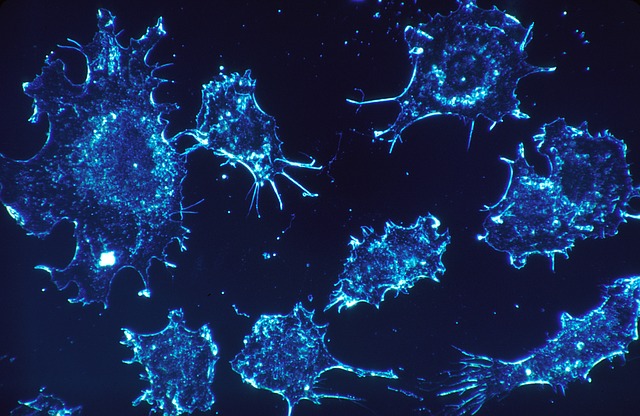Maize is considered to be one of the staple crops across the world. However, the limited production and unforeseen weather conditions often limit its availability. This is the major reason that scientists across the globe are working towards finding ways to improve the stability of the maize crop in harsh environmental conditions and its overall production rate. The improved quality of maize will not only help meet the demand of the ever-growing global population but will also overcome the shortage due to unanticipated environmental conditions. To achieve this, researchers tried for maize plastid transformation, which is not achieved effectively yet due to the recalcitrant conditions of the crop.
In the present study, researchers constructed two vectors containing homologous recombination sequences from maize and grass. These vectors are designed to later integrate into the chloroplast genome from an inverted repeat region. The vectors consist of two crucial genes mgfp5 and hph gene (as selection marker). The former gene is driven by Prrn, a leader sequence of the atpB gene and a terminator sequence from the rbcL gene. Whereas the later is driven by Prrn, a leader sequence from rbcL gene and a terminator sequence from the rbcL gene. The vectors were then used to transform the explants of maize, tobacco, and E.coli to assess the transitory expression. The expression levels were evident from the green and red fluorescent light when observed under the epiflourescence microscope.
The results of the study show the successful expression of both vectors, along with the presence of a reporter gene in all three organisms. This highlights the capability of vectors to express genes in the cell compartments. The results in the paper are the first report of transient expression of GFP in maize embryos, offering the opportunity to improve the recalcitrant crops genetically using biotechnological interventions.








